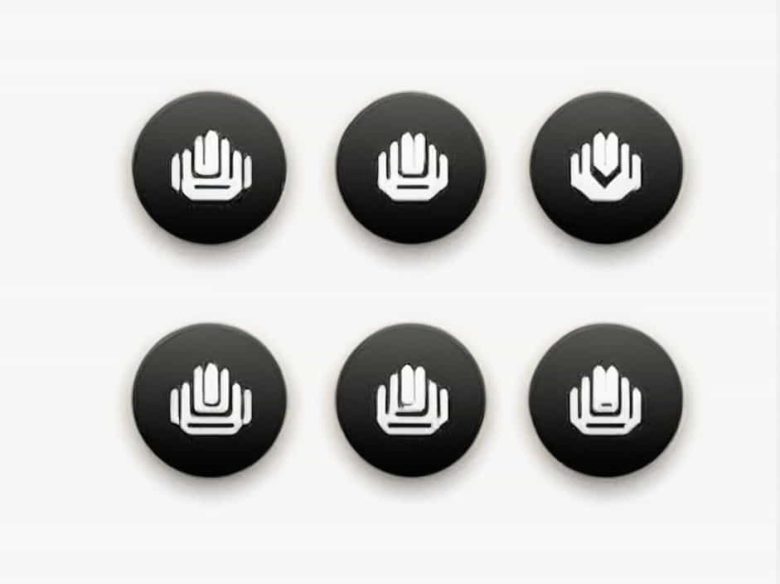Income Elasticity of Demand (YED) is an important concept in economics that measures how the quantity demanded of a good changes in response to a change in consumer income. Understanding YED helps businesses policymakers and economists predict market behavior and classify goods based on their demand patterns.
This topic explains the formula for YED how to calculate it and its significance in economic analysis.
What Is YED?
YED or Income Elasticity of Demand is a measure of how sensitive the demand for a product is to changes in consumer income. It helps classify goods into three categories:
- Normal Goods – Demand increases as income rises.
- Luxury Goods – A special type of normal good with demand rising significantly as income increases.
- Inferior Goods – Demand decreases when income rises as consumers switch to better alternatives.
The Formula for YED
The standard formula for Income Elasticity of Demand (YED) is:
Or in mathematical terms:
Where:
- Q1 = Initial quantity demanded
- Q2 = New quantity demanded
- I1 = Initial income
- I2 = New income
This formula calculates the percentage change in demand relative to the percentage change in income.
How to Calculate YED: Step-by-Step Guide
To understand how YED works let’s go through an example:
Example Calculation
A consumer initially buys 50 units of a product when their income is $2000 per month. When their income rises to $2500 they purchase 70 units of the product.
Step 1: Calculate Percentage Change in Quantity Demanded
Step 2: Calculate Percentage Change in Income
Step 3: Apply the YED Formula
Since YED > 1 the product is a luxury good meaning demand increases more than proportionally as income rises.
Interpretation of YED Values
The value of YED helps classify goods into different categories:
| YED Value | Type of Good | Explanation |
|---|---|---|
| YED > 1 | Luxury Good | Demand increases more than the income rise (e.g. designer clothes vacations). |
| 0 < YED < 1 | Normal Good | Demand rises but at a slower rate than income growth (e.g. groceries clothing). |
| YED < 0 | Inferior Good | Demand falls as income increases (e.g. instant noodles second-hand goods). |
Why Is YED Important?
1. Business Strategy
- Companies can use YED to predict future sales trends.
- Firms selling luxury goods may see higher demand during economic booms but a drop during recessions.
- Businesses selling inferior goods might benefit in economic downturns.
2. Pricing Decisions
- Companies can adjust pricing strategies based on YED to maximize profits.
- High YED products may be marketed differently to higher-income consumers.
3. Government Policy
- Policymakers use YED to analyze consumer spending patterns and plan economic policies.
- Governments can tax luxury goods more heavily as their demand is income-sensitive.
Real-World Examples of YED
1. Luxury Goods
- High-end cars jewelry and designer handbags have a YED > 1.
- Demand for these items grows significantly when income levels rise.
2. Normal Goods
- Everyday items like household products and basic clothing have YED between 0 and 1.
- These products see steady but moderate demand growth as incomes rise.
3. Inferior Goods
- Public transportation low-cost food and second-hand clothing often have YED < 0.
- As income increases consumers switch to taxis better-quality food or new clothes.
Limitations of YED
Although YED is useful it has some limitations:
- Consumer preferences change – Income levels alone do not always determine demand.
- Cultural factors – What is considered a luxury in one country may be a necessity in another.
- External factors – Economic downturns inflation and government policies can impact YED calculations.
Income Elasticity of Demand (YED) is a crucial metric that helps businesses and economists understand how demand for goods changes with income levels. By using the YED formula businesses can make better pricing marketing and production decisions.
Understanding YED allows businesses to adapt to market trends governments to implement effective policies and consumers to make informed purchasing decisions.



